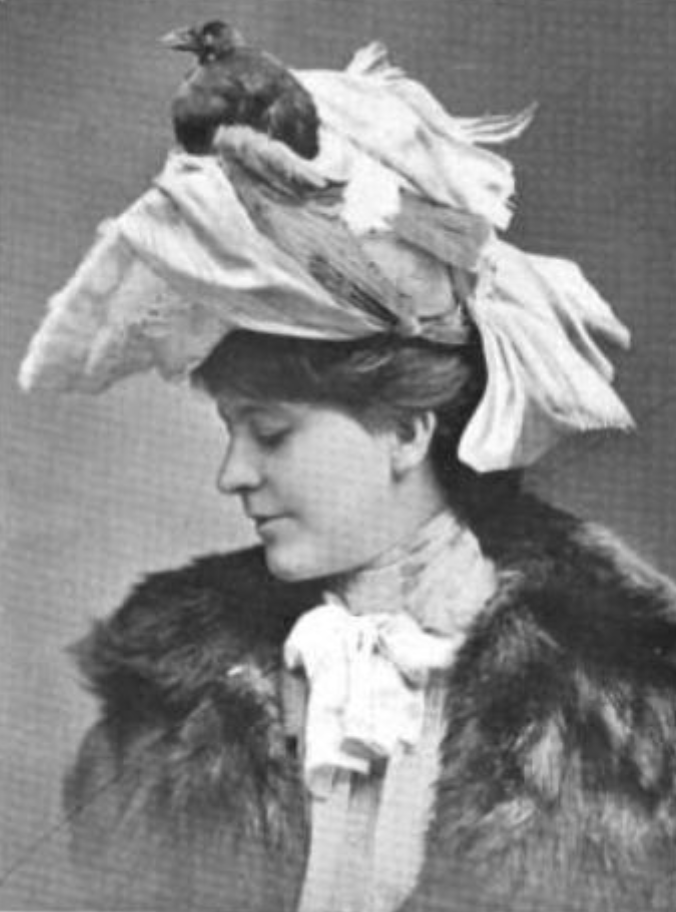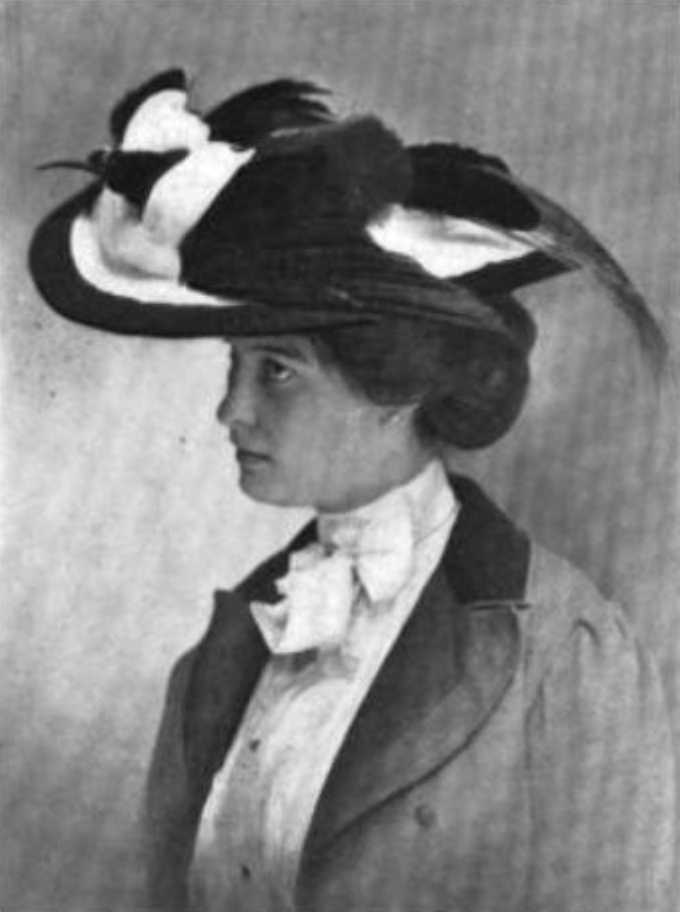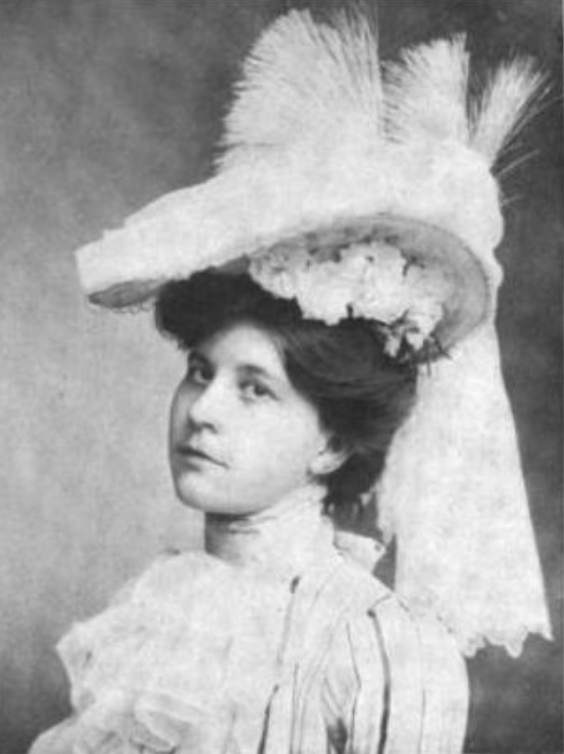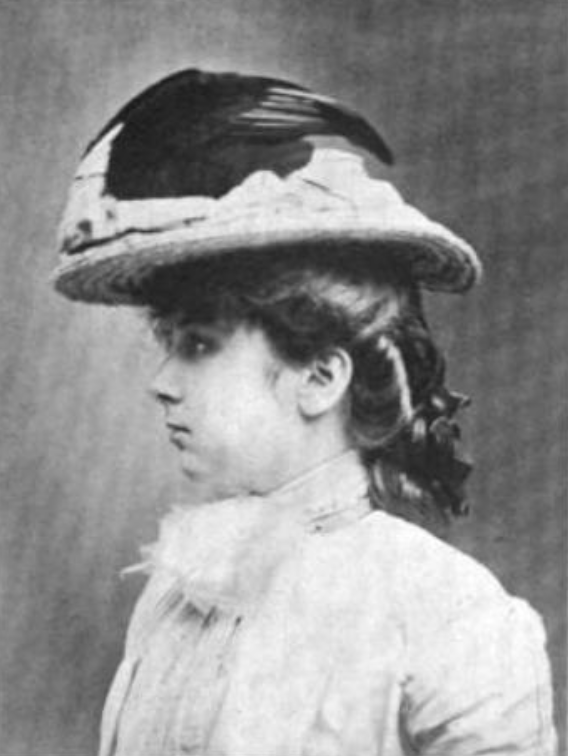TBT: Super Awesome People™ in History.
In 1896, Boston socialite Harriet Lawrence Hemenway recruited her cousin Minna B. Hall to join her in hosting wealthy, influential Boston women for tea. But they had more than just socializing in mind.
Earlier that year, Hemenway read an article by William Temple Hornaday, director of the New York Zoological Society, which she found deeply disturbing. In the article, Hornaday wrote about the devastation wrought by the millinery fashion trend of using feathers and taxidermied birds in women’s hats. “It was a common thing for a rookery of several hundred birds to be attacked by the plume hunters, and in two or three days utterly destroyed,” Hornaday wrote, which often resulted in orphaned chicks left behind to starve or be eaten by predators.
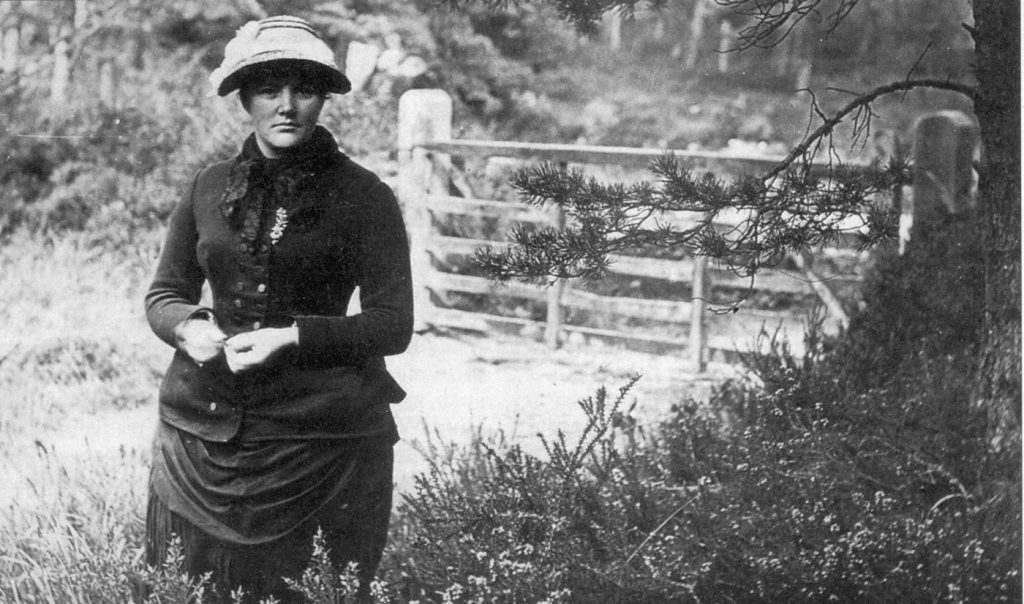
Harriet Lawrence Hemenway
(Mass Audubon)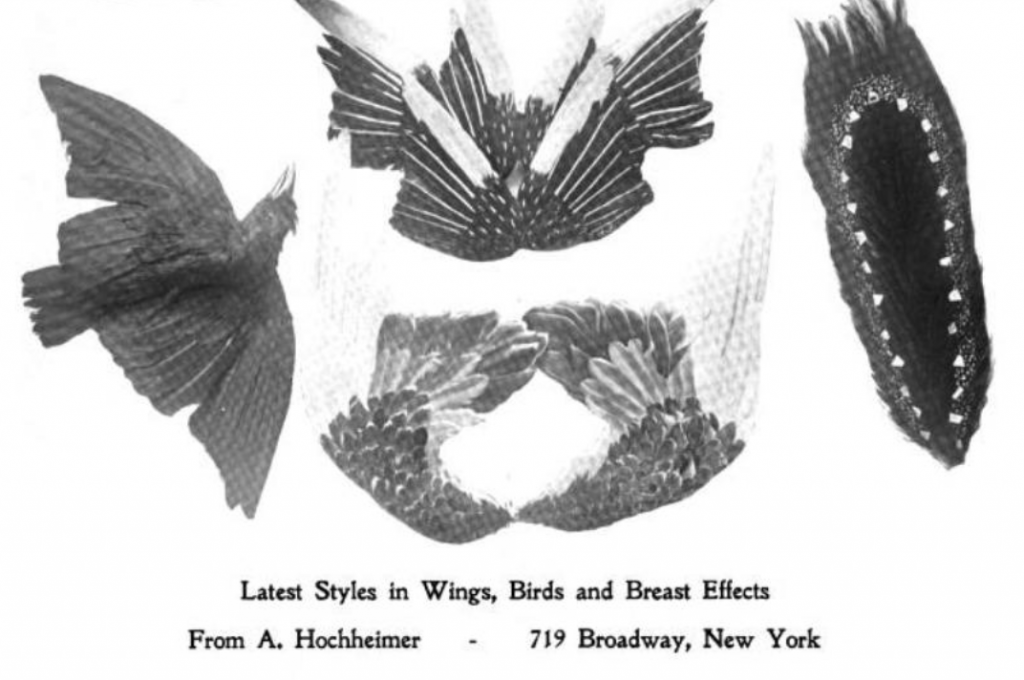
Advertisement in The Illustrated Milliner, Vol 3
Millions of birds were slaughtered every year for their feathers, wings, plumes, heads, and stuffed corpses to adorn women’s hats. Around fifty North American species of birds were hunted for millinery use—snowy egrets, white ibisis, great blue herons, owls, sparrows, hummingbirds, warblers, orioles, blue jays, woodpeckers, terns—and dozens more. While walking Manhattan in 1886, in two afternoons birder Frank Chapman (later the founder of the original Audubon Magazine), counted 174 birds and 40 species of stuffed birds in the hats of women walking past. Some species were even threatened with extinction.
Hemenway and Hall were appalled by the gruesome slaughter in the name of fashion, and they were determined to dissuade prominent Boston women from wearing hats made with parts of birds. Their tea parties were a success, and they organized a group of 900 high-profile women who agreed to join their boycott. That same year, they established the Massachusetts Audubon Society for the Protection of Birds (Mass Audubon) in 1896. It was the first such society in North America, although the trend quickly spread. By 1897, there were 111 local Audubon chapters in Massachusetts (105 of which were founded and led by women), and Audubon societies sprang up across the country, eventually incorporating into the National Audubon Society in 1905, although Mass Audubon remained independent.
As American women still lacked much political power (they wouldn’t win the right to vote for another 24 years), Hemenway and Hall recruited leading ornithologist William Brewster as Mass Audubon’s first president—he ultimately served from 1896-1913. During those years, the efforts of the Audubon societies (and through the influence of their women members, in particular), the conservationist movement to protect wild birds from millinery use achieved many victories. In 1897, Massachusetts passed a bill outlawing trade in wild-bird feathers, and in 1900, the Audubon societies helped pass the federal Lacey Act which prohibited the interstate shipment of wildlife (including birds) killed in violation of local laws.
In 1903, President Theodore Roosevelt created the first Federal Bird Reservation at Florida’s Pelican Island, and he ultimately established a total of 53 wildlife sanctuaries which eventually became the National Wildlife Refuge System. In 1913, the U.S. Congress passed the Weeks-McLean Migratory Bird Act, which outlawed the spring shooting of migratory game and forbade the interstate transport of birds (to replace the poorly-enforced Lacey Act).
After a series of court challenges, the Weeks-McLean Law was replaced by a 1916 treaty between the U.S. and Great Britain, wherein the U.S. and Canada agreed to stop hunting insectivorous birds and establish a hunting season for game birds. The 1916 treaty was implemented by Congress in 1918 as the Migratory Bird Treaty Act, which officially made it a crime to “pursue, hunt, take, capture, kill,” possess, or sell a migratory bird or any of its parts, including nests, eggs, and feathers.
Hat Trends from 1902’s The Illustrated Milliner, Volume 3
Read More About Women’s Efforts to Save the Birds:
- Hats Off to Women Who Saved the Birds (NPR)
- Hats Off to Audubon (Audubon Magazine)
- Love Birds? Thank Harriet Hemenway (U.S. Fish and Wildlife Service)
- How Two Women Ended the Deadly Feather Trade (Smithsonian Magazine)
- The Bird Ladies of Boston (New York Times)
